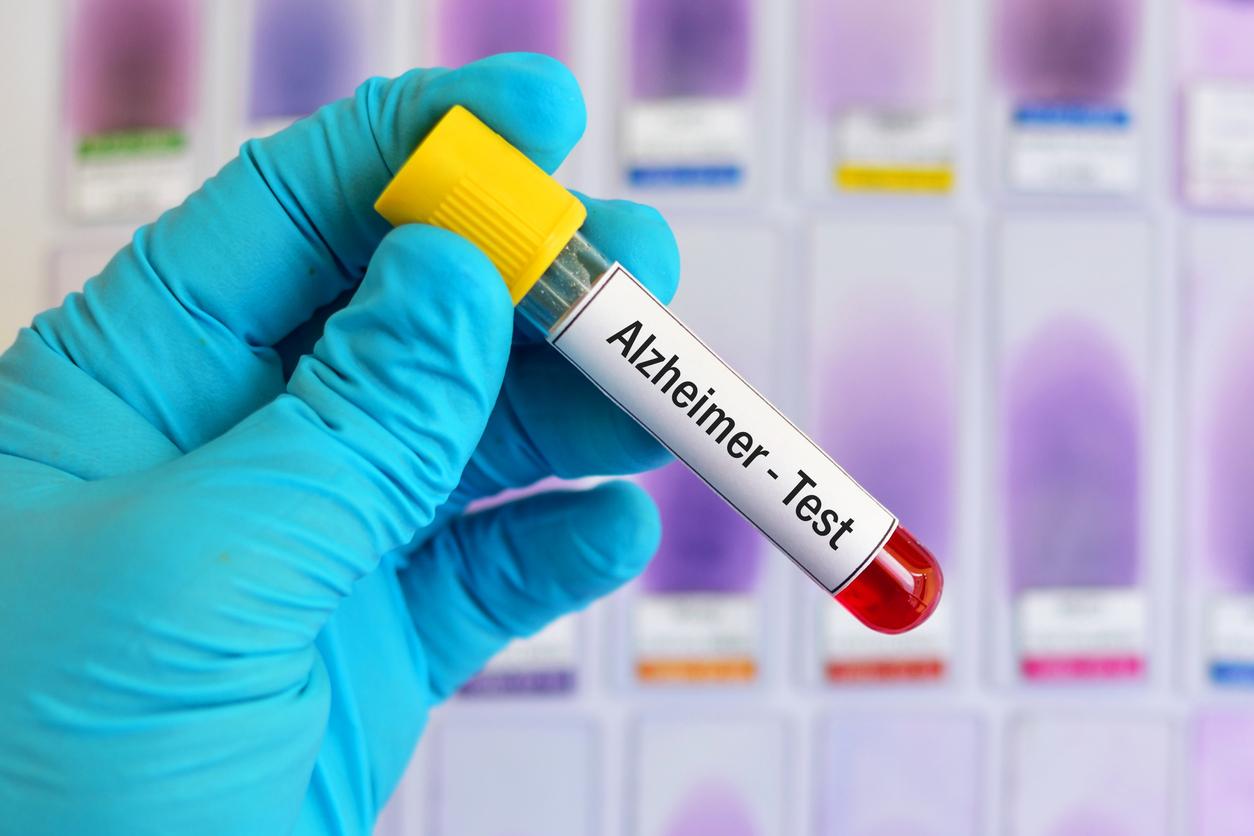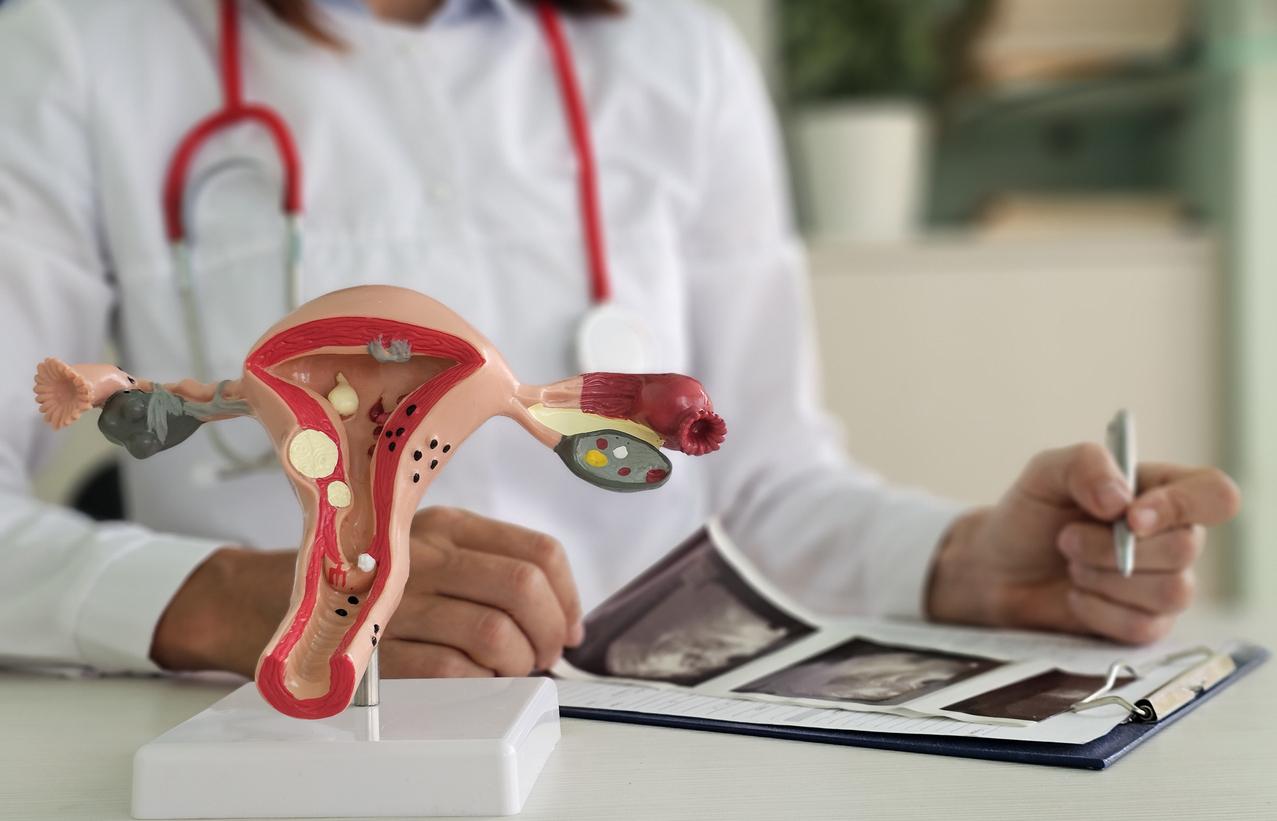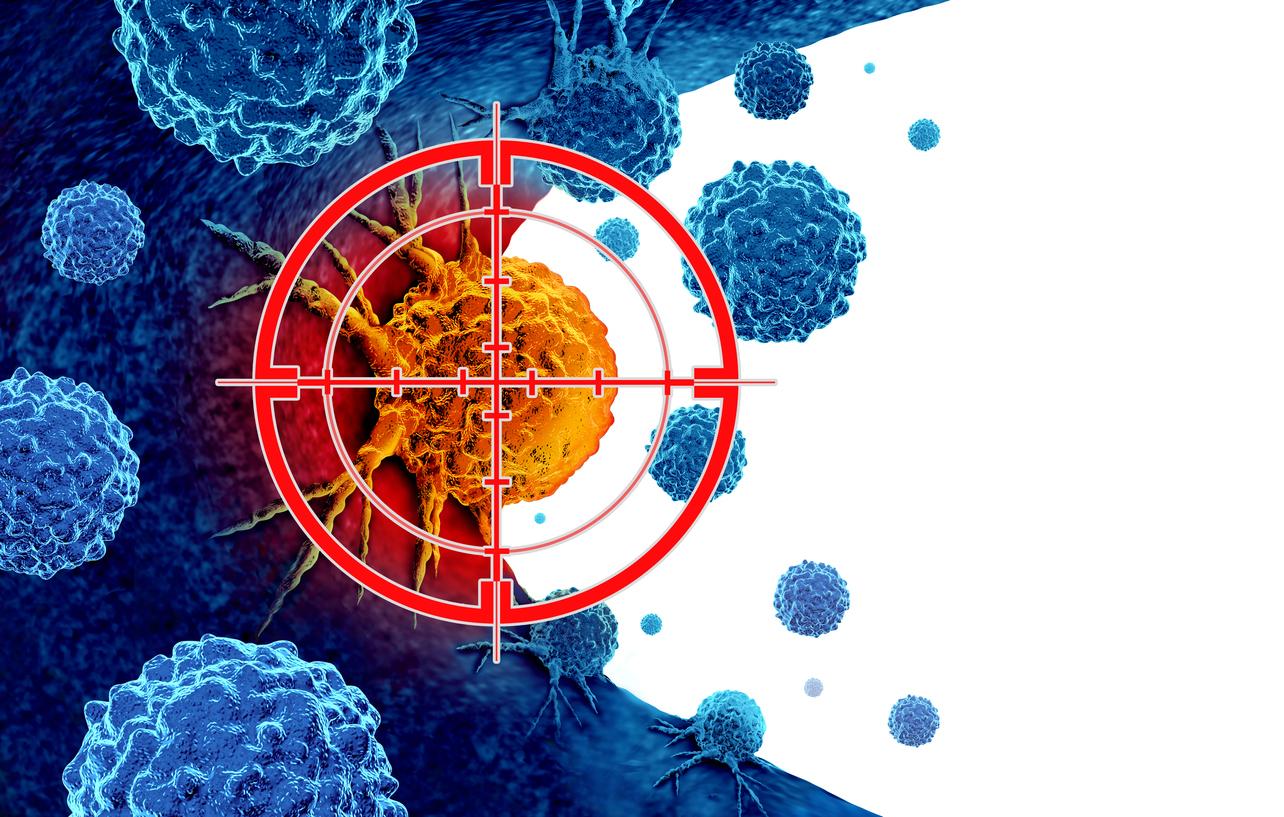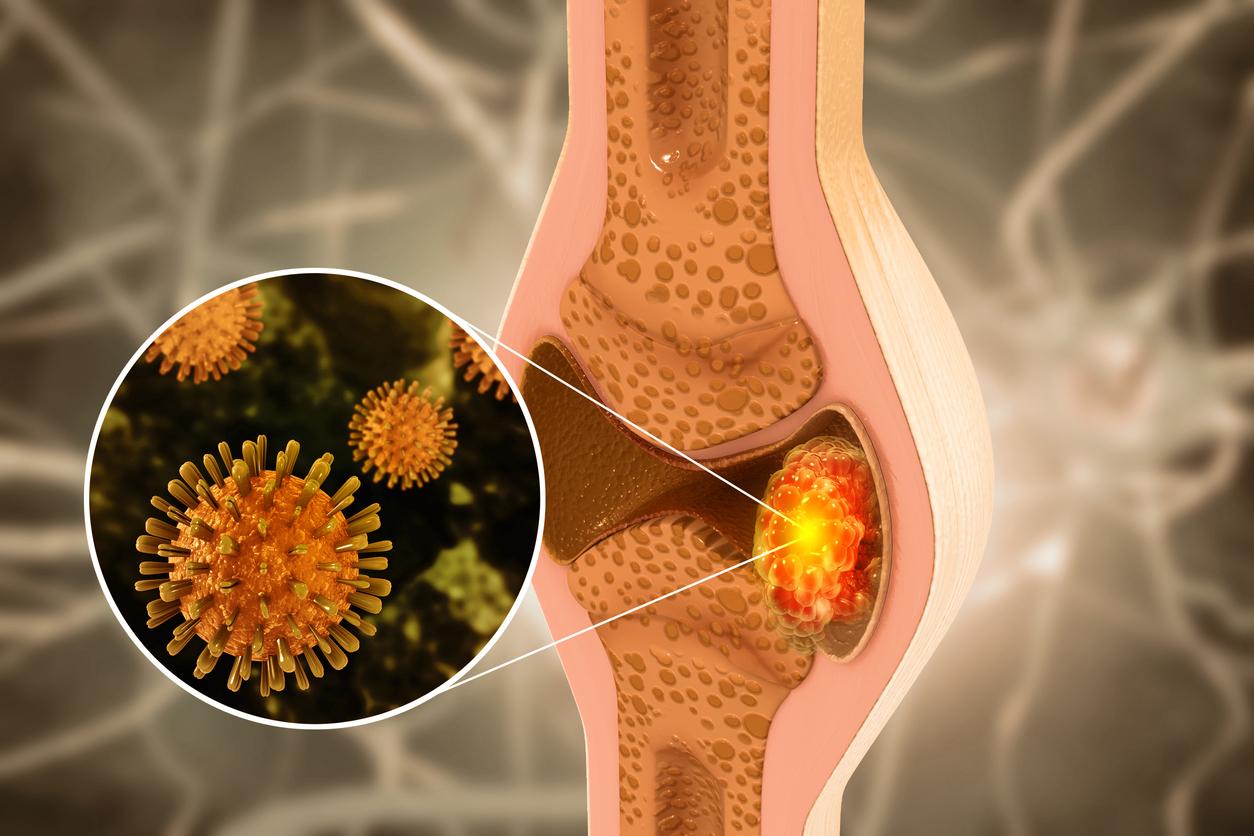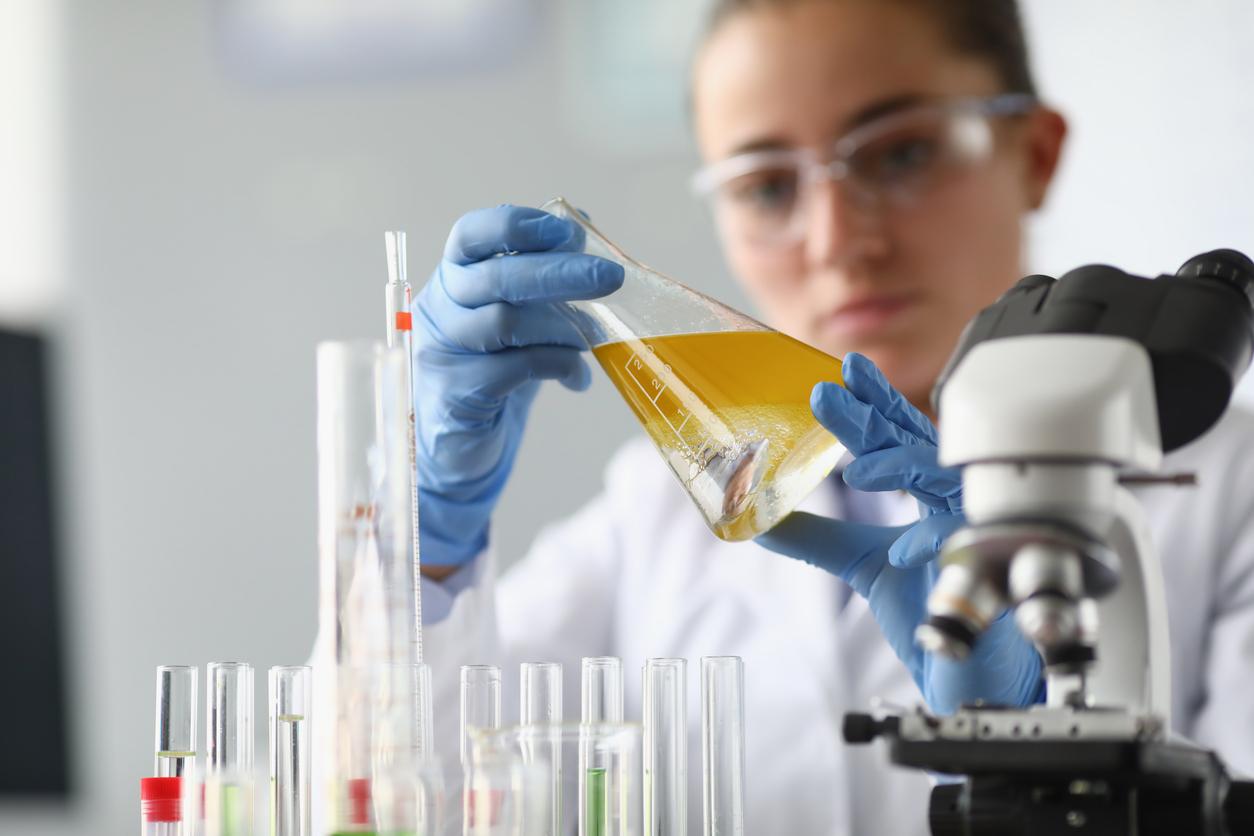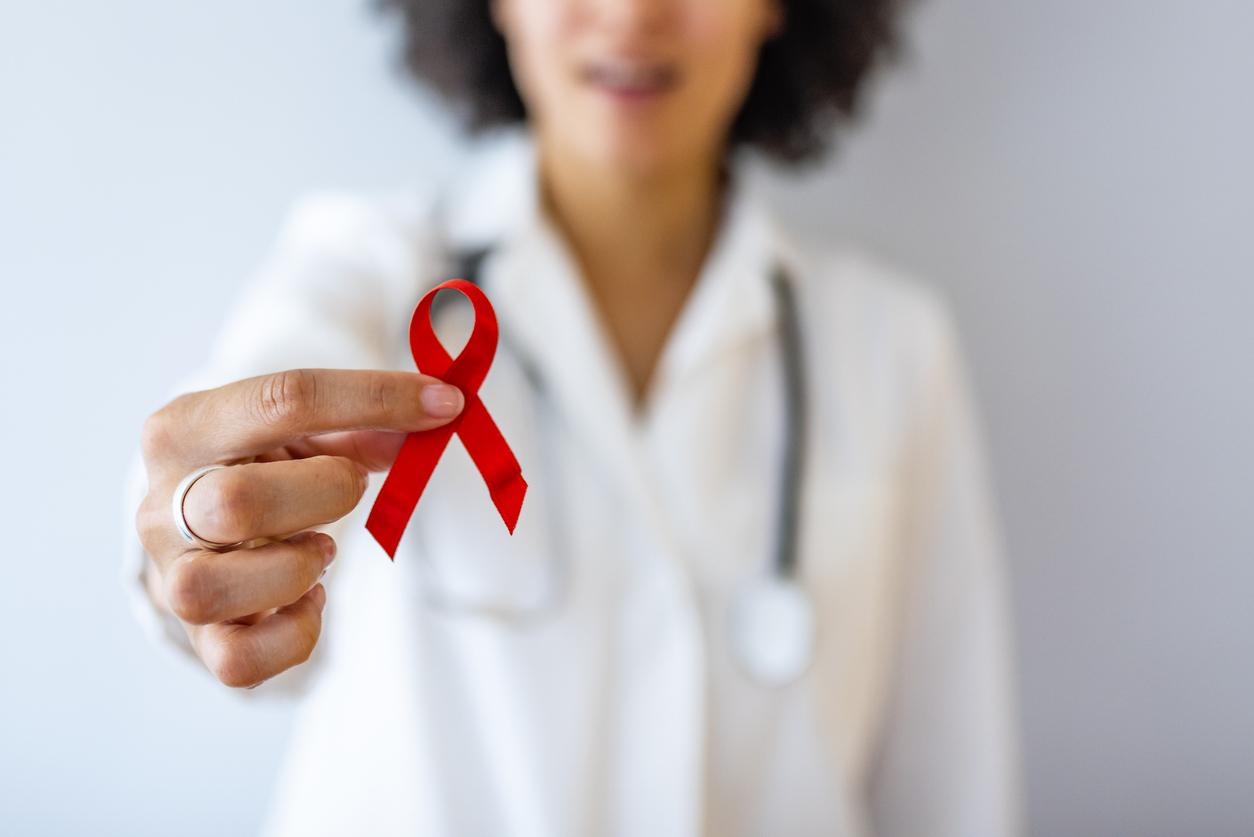The new immunological test should facilitate and improve participation in organized screening for colorectal cancer.

The year 2015 marks a turning point in colorectal cancer screening. Available since mid-April, the new immunological test has all the assets to facilitate and promote the participation of the French: it is simpler, more efficient, more hygienic but also faster than the previous Hémoccult II test.®.
From this weekend, radio and television awareness campaigns will be launched as part of the organized screening of one of the most frequent and deadly cancers.
Stagnant participation
Since 2009, French people aged 50 to 74 have received an invitation every two years to participate in organized screening for colorectal cancer; a pathology that affects 42,100 people per year (23,200 men and 18,900 women) and kills 17,500 people each year.
Currently, less than 32% of the 9 million people concerned choose to undergo this screening. A participation rate which is stagnating, and which is above all “too low to allow the achievement of the public health objectives of reducing mortality”, underlines the National Cancer Institute (INCa).
Old test too restrictive
Studies have shown that the average time between receiving the screening kit and performing the test is two months, six in the Île-de-France region! However, detected early, this cancer is cured in 9 out of 10 cases.
While the fear of entering into a screening process, which can lead to the announcement of cancer, certainly plays a role, the practical constraints linked to the use of the Hemoccult II test® have undoubtedly turned off many candidates for screening. The test required six stool collections over three consecutive days. It was then necessary to spread stool samples on small pieces of cardboard, to keep them, and after three days, to send everything to the laboratory.
Frédéric De Bels, director of the screening department at INCa: “We have a test that is much more efficient, simpler and more reliable. More efficient because it will detect twice as much cancer and 2.5 times advanced adenomas. Simpler because it is more hygienic and the methods of use are simpler. “
With the new immunological test, the operation promises to be less restrictive. A single sample will suffice and the equipment has been designed to simplify the procedure as much as possible. The packaging and manual have been redesigned and validated by a panel of users in order to convince and motivate 50-74 year olds.
An explanatory video, which shows step by step the procedure to follow to carry out the test correctly, is also available to accompany the user. There is no doubt that the humorous tone of the little film will convince the most reluctant.
The immunological test also promises to be more efficient. The colorimetric method used with the Hemoccult II test®, to guaiac, just allowed to tell whether or not hemoglobin (protein of red blood cells) was present in the stool. But it did not differentiate animal or human hemoglobin. The test could therefore be positive after eating blood sausage, for example. The new test will be specific to it, and above all, more reliable.
Increase participation
Several pilot studies have been carried out in certain French departments to test the effectiveness of this new device. This is the case of Calvados where, since 2013, the immunological test deployed throughout the territory has allowed a significant increase in participation.
Marie-Chritine Quertier, doctor in charge of the Mathilde association (Calvados): “We had a participation in our department which was roughly that of the national level. We had a hard time going beyond 30%. And one year, with the arrival of the test, we had 39% participation. “
Thanks to the deployment of this test and to communication campaigns aimed at the general public and doctors, INCa hopes to increase the participation of French people in organized screening from 10 to 15%.
.








